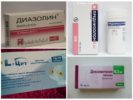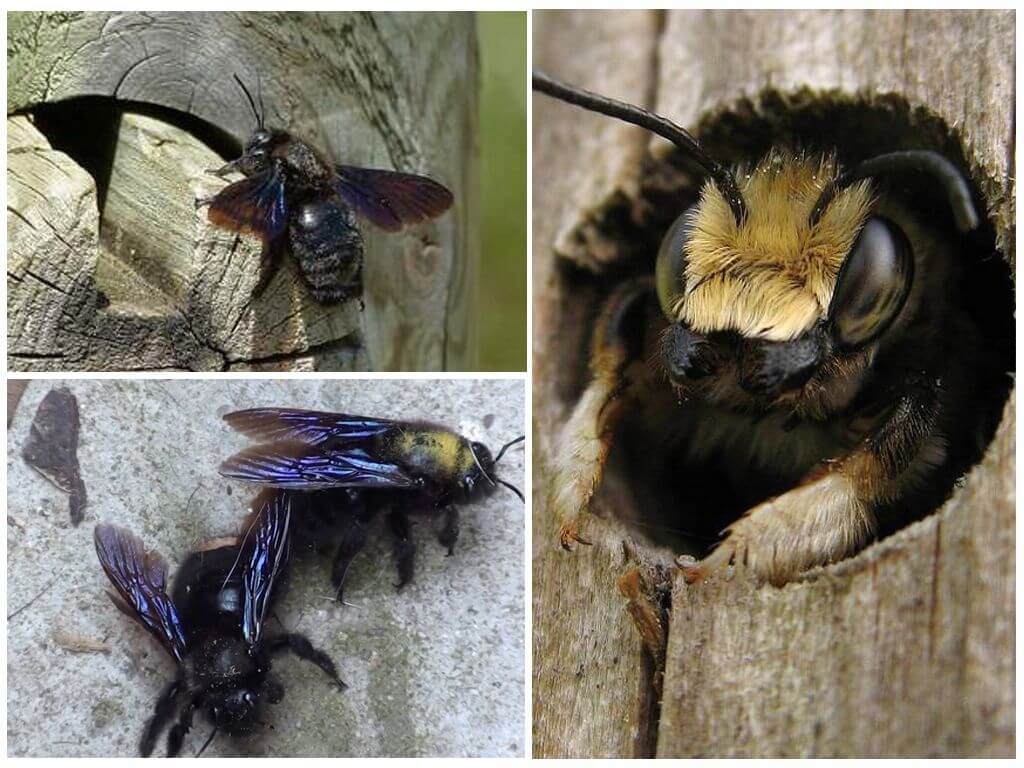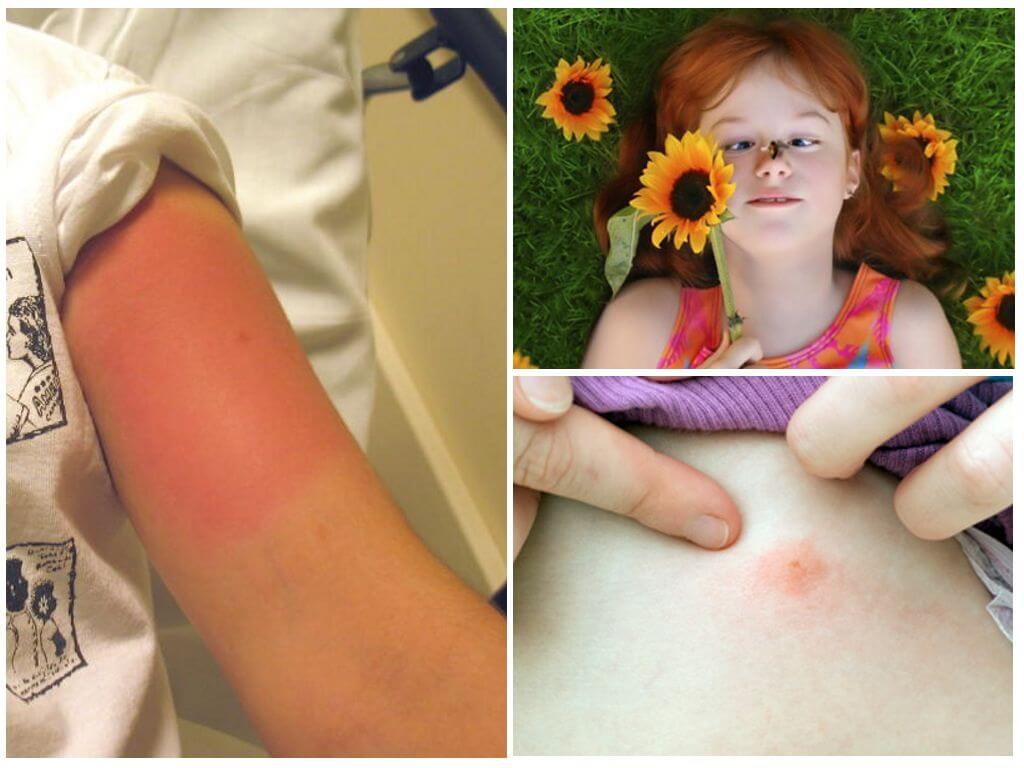- Bee sting on cats
- First aid for a bee sting
- Antihistamines
If the cat was bitten by a bee, it is necessary to provide first aid, then proceed according to circumstances. If the pet worsens, the veterinarian should be shown. The most dangerous bites in the face, neck, behind the nose. With the development of a severe allergic reaction, the animal runs the risk of dying.
Bite symptoms
If a bee has bitten, the reaction in the animal is the same as in humans. If poison enters the bloodstream, in place bite there is swelling, swelling, redness, pain, burning, itching over time. In some cases, the symptoms disappear on their own in a few days, without special treatment. In another situation, an urgent appeal to a specialist is required. The photo is presented below.
If the cat was bitten by a bee, a severe allergic reaction can occur, which manifests itself as a general deterioration in the well-being of the animal.
- vomiting
- lack of appetite;
- cramps
- lacrimation
- increased salivation;
- trembling in the body;
- temperature rise;
- loss of consciousness;
- hard breath;
- laryngeal edema.
An allergy occurs within the first 20 minutes after a bee has bitten. But complications may occur the next day. If after first aid the cat’s condition does not improve, you should take the pet to the veterinarian or consult by phone.
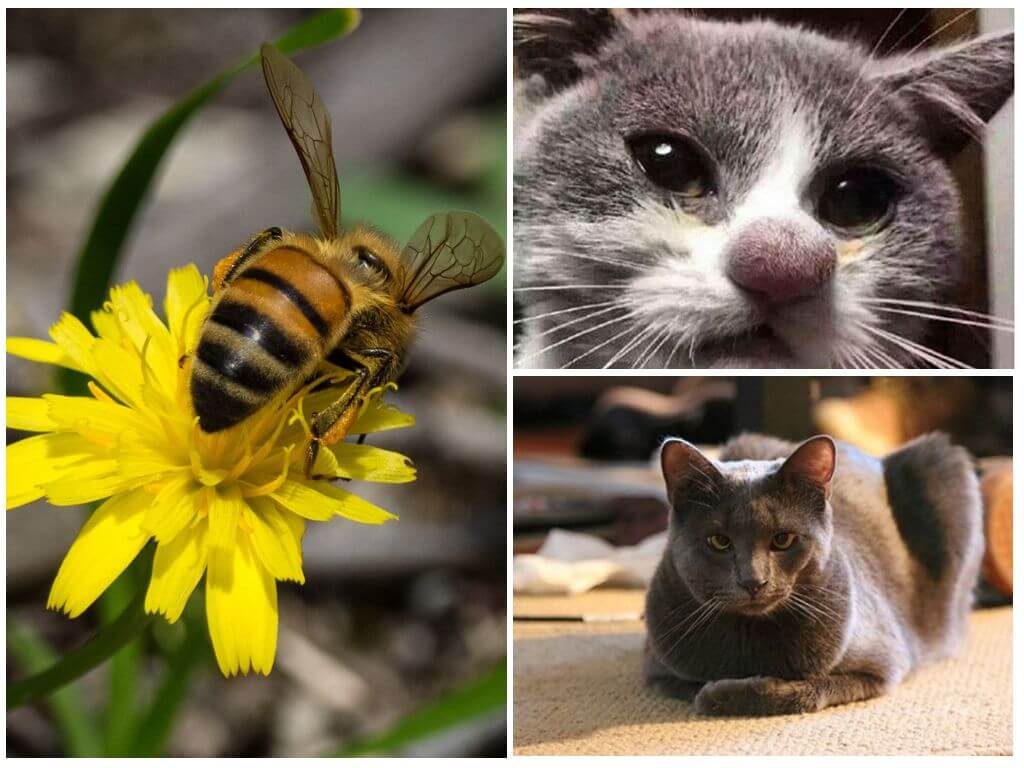
First aid
What to do if a bee bit a cat, there is a certain mechanism of action. The insect leaves in the body of the pet the stingthat continues to highlight poison, you need to extract it. If during a thorough examination of the affected area the sting of a bee was not found, then a cat was bitten by a wasp.
- The sting should be removed carefully using tweezers. Nails can damage the structure, leave part of the body in the body, which is highly undesirable. Extraction will require surgery.
- Next, you should treat the sore spot with any antiseptic to neutralize the effect of the poison. For these purposes, use drugs, folk remedies.
- After disinfection, you need to remove the swelling, reduce pain. In this case, use a cold compress or ice cubes wrapped in a towel. Final edema will disappear in a few days. The procedure is recommended to be repeated several times a day.
Important!
If there are signs of a severe allergic reaction, before the examination, a specialist is allowed to give the cat an antihistamine, activated charcoal, in order to remove toxins.
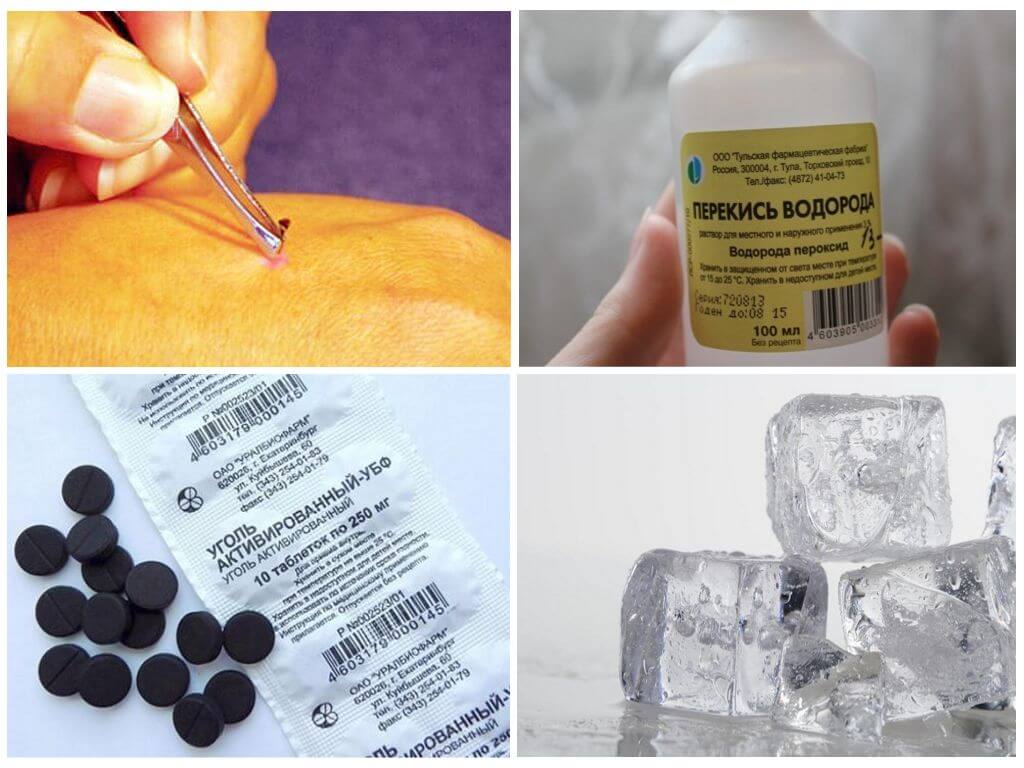
Disinsection products
To treat a wound if a bee stings a cat, you can use medical alcohol, ammonia, any alcohol tincture, hydrogen peroxide.
- Soothes pain, relieves swelling tincture of valerian, motherwort, calendula. A small amount is applied to the fleece, applied to the sore spot.
- If there is no alcohol, prepare a paste of soda. Mix kitchen salt, baking soda in equal proportions, dilute a little with water to form gruel. Apply to skin. Soda helps relieve swelling, pain, burning, itching.
- You can disinfect the wound with juice from orange, lemon, onion, potato. Another effective remedy is laundry soap or acidic solution. Table water vinegar, citric acid is added to the water. Make lotions, apply a compress, wipe the skin.
In the future, to eliminate edema, decoctions of medicinal herbs are used - chamomile, mint, lemon balm, calendula. The potion is poured with boiling water, insisted for half an hour. Handle sore spots several times a day. Edema disappears completely in 3 days.
Interesting!
The cat bitten place actively licks its tongue. Not only because the animal is hurt is unpleasant, but also to disinfect the wound. Saliva is a natural antiseptic. Wild, homeless cats treat themselves. The sting falls out over time without help.
Antihistamines
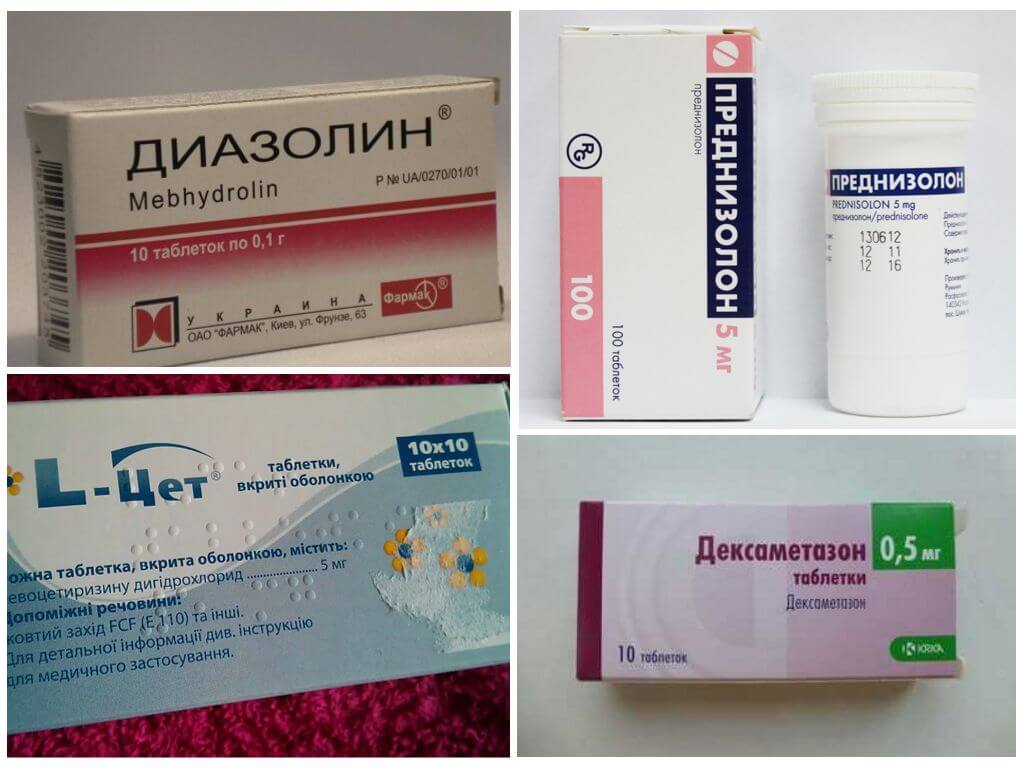
After a bee sting in the cat’s nose or another place on the face, an antihistamine should be given to avoid severe allergies. There is no special cat preparation. Experts advise:
- Prednisone. At home, give 0.5 tablets. They turn it into a powder, dilute it with water, pour it into a cat’s mouth. If instant stopping of an allergic reaction is required, an intramuscular injection is made, 0.5 ml of solution is administered.
- Dexamethasone. More suitable for obvious signs of allergies - vomiting, nausea, difficulty breathing. Make an injection with a solution of 0.2 ml.
- Diazolin. Recommended if the bee has bitten a kitten, adult cat, cat. Dose - 0.5 tablets per 1 time. On the first day, they give an antihistamine three times.
- L-cet. A modern antihistamine is made in the form of a suspension, tablets. In the first case, they give 0.5 tsp per day, in the second - - part of the tablet.
To save the life of a cat after a bee sting, you can give any antihistamine that appears in your home medicine cabinet, but then you should show the pet to a specialist. Carry out further therapy under the supervision of a veterinarian.
Important!
If a bee has bitten a cat in its paw, there is no particular reason for concern. But the animal may have individual intolerance to bee venom. In this case, the consequences are unpredictable, the foot noticeably swells. To avoid complications, you need to give an antihistamine immediately after a bite is detected.
Cat treatment
The bite passes completely within a week. Pain, swelling gradually replaced itchy. There is a risk of a secondary infection if the pet begins to scratch the itchy wounds. To avoid suppuration, the development of ulcers, you need to treat wounds after a bite daily to reduce itching.
It is allowed to use creams, local ointments: Zvezdochka balm, Fenistil Gel, Beinval. Or use folk remedies:
- juice of fresh parsley leaves;
- leaf of plantain, yarrow;
- dandelion roots;
- a slice of lemon;
- a slice of raw potato;
- decoction of tansy;
- aloe juice;
- chopped onions, garlic;
- salty water.
Medicines are applied to the skin, make lotions, compresses. If the situation does not improve in 3 days, you should seek help from a specialist. In most cases, to alleviate the suffering of a pet, it is enough to provide first aid, to observe the health of the cat for several days.


